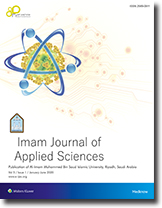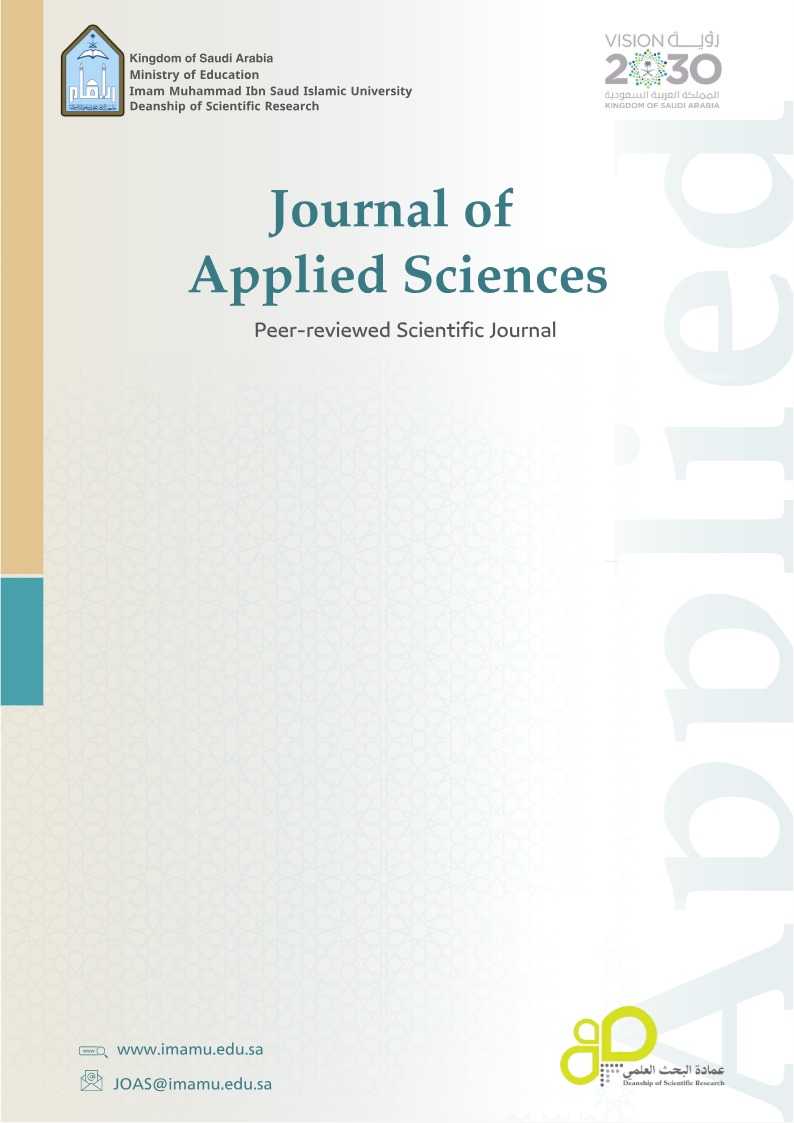Advancing Drought Tolerance in Plants: Integrating Morphological and Genomic Mechanisms
Keywords:
Plants, Drought tolerance, Morphology, Metabolism, Transcription factors (TFs), Marker-assisted selection (MAS), quantitative trait loci (QTLs),Abstract
Drought is a major abiotic stress that significantly limits water availability, adversely affecting critical plant processes such as photosynthesis, nutrient uptake, and growth. These effects lead to decreased crop productivity and pose economic challenges, particularly in agriculture-dependent regions. Plants respond to drought stress through intricate biological mechanisms, including changes in metabolite profiles and gene expression, which help mitigate damage and maintain functionality.
Central to these responses are transcription factors, which regulate stress-responsive gene expression by mediating signal transduction pathways. Their role is pivotal in linking drought signals to physiological and molecular adaptations. Understanding these complex networks of physiological, metabolic, and gene regulatory responses is essential for developing crops with improved drought resilience.
Marker-assisted selection (MAS) provides a more efficient method for assessing the value of various genomic regions in crops under stress conditions. Numerous crops contain quantitative trait loci (QTLs) linked to drought tolerance and other traits. The development of detailed molecular linkage maps and MAS techniques has enabled the integration of favorable characteristics, enhancing agricultural resilience to drought. Despite these advancements, challenges persist in achieving accurate and precise QTL identification.
This review incorporates insights into signal transduction for developing drought-resistant crop cultivars or lines. It also explores recent progress in understanding transcription factors (TFs), with a particular focus on their role in orchestrating plant responses to abiotic stress. Additionally, it delves into novel molecular mechanisms underlying their function in stress conditions. These insights are crucial for understanding regulatory processes and developing stress-resistant crop varieties.




